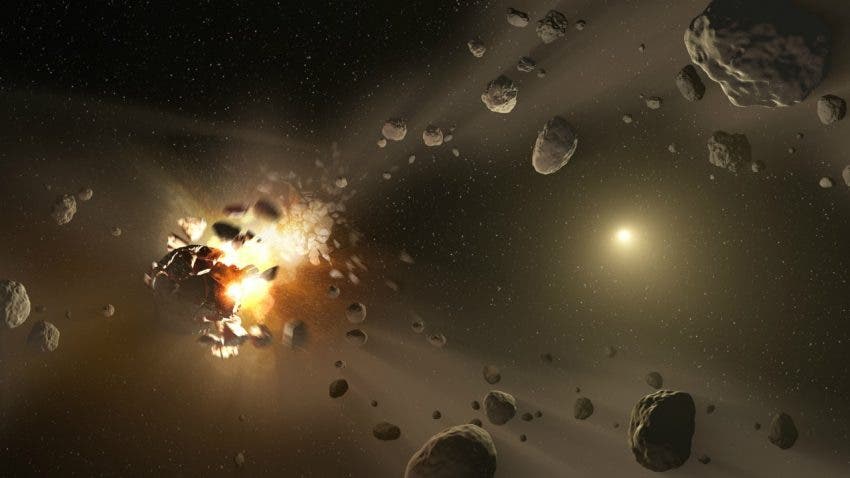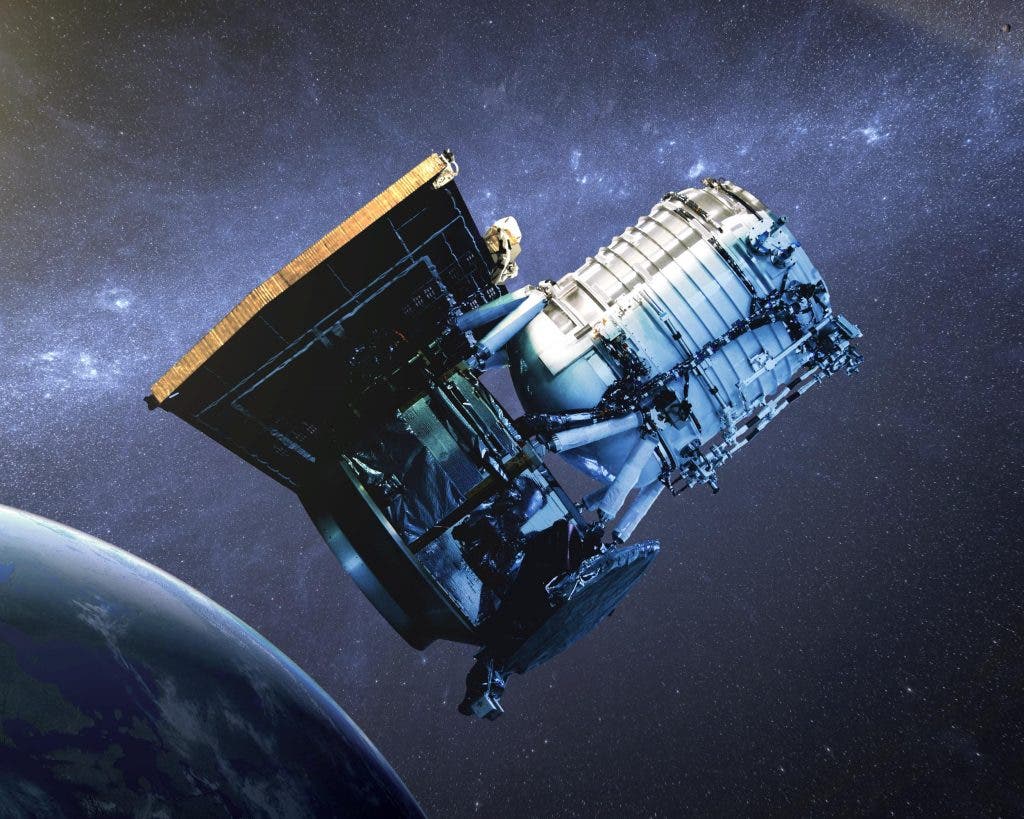Nathan Myhrvold, a former Microsoft chief, billionaire, scientist and patent creator recently published a study in which he claims NASA has made many fundamental errors in its analysis of asteroid data.
Riddled with errors
Nathan Myhrvold is a man whose name carries weight. He studied mathematics, geophysics, and space physics at UCLA, he has a masters in mathematical economics and a PhD in theoretical and mathematical physics, as well as a postdoctoral fellowship at the University of Cambridge working under Stephen Hawking. After working for Microsoft for 13 years and starting Microsoft Research, he co-founded Intellectual Ventures a patent portfolio developer and broker in the areas of technology and energy, which has acquired over 30,000 patents. His most recent interest seems to be asteroids, and he’s taking it quite seriously — the fact that his paper was published to the arXiv.org e-print repository on 22 May, one of the most respected physics publishers, lends even more confidence to his case.
His efforts targeted the Wide-field Infrared Survey Explorer (WISE), a space telescope launched in 2009, and a follow-on mission, NEOWISE, which together are responsible for the discovery of more asteroids than any other observatory. But Myrhrvold claims that these papers are riddled with errors.
“None of their results can be replicated,” he tells ScienceInsider. “I found one irregularity after another.”
In a 2011 paper, the WISE and NEOWISE teams claim they can determine the diameter of asteroids with an accuracy of better than 10%. But Myhrvold says that several significant errors were made in the process. First of all, they ignored the margin of error introduced when extrapolating from a small sample size to an entire population. They also neglected to include Kirchhoff’s law of thermal radiation in their thermal models of the asteroids. Based on his own models, he claims that the errors are closer to 30%, and in some cases even go up to 300%!
Criticism and counter criticism
NASA researchers stand by their initial findings.
“For every mistake I found in his paper, if I got a bounty, I would be rich,” says Ned Wright, the principal investigator for WISE at the University of California, Los Angeles. Wright says that WISE’s data match very well with two other infrared telescopes, AKARI and IRAS.
Amy Mainzer, the principal investigator for NEOWISE at the Jet Propulsion Laboratory in Pasadena, California, pointed out some goofs in the criticizing paper, like when he once mistook the radius for the diameter.
“Our team has seen the paper in various versions for many months now, and we have tried to point out problems to the author,” she states. “We have strongly encouraged that the paper be submitted to a journal and peer reviewed. Instead, he released it without peer review.”
But Myhrvold retorts that he is fixing the errors, which he claims are cosmetic and don’t change the overall doubts that he is casting. He says the NEOWISE scientists are getting defensive and don’t want their project to look bad.
“They’re up for this NEOCam thing and they’re afraid it looks bad. And it does look bad,” he says.
A problem of science
This isn’t the first time Myhrvold has stirred chaos in scientific circles with his statistical analysis. A couple of years ago, he claimed that the accepted dinosaur growth rates were fundamentally flawed, claiming that it’s easier for him to stir this pot from the outside. That matter has not been settled since, and this asteroid issue will take a lot to settle too. But this highlights a major problem of the scientific process itself: the lack of replication.
Replicability is one of the fundamental pillars of scientific research, but extremely few replication studies are accepted for publishing. In other words, if I’m publishing a novel research and you want to double-check, you’d have an extremely tough time publishing your results. In the meantime, my study will remain somewhat uncertain because there are no studies to back it up, creating an unpleasant and unproductive state of uncertainty – as is the case here.
Hopefully, this issue will be resolved sometime in the near future, because the properly understanding asteroid size might be very important for the Earth’s safety.











